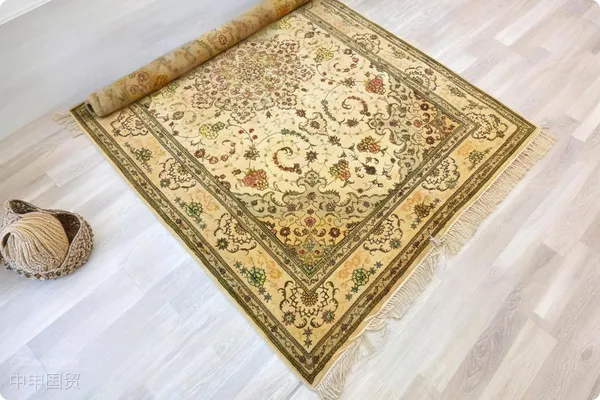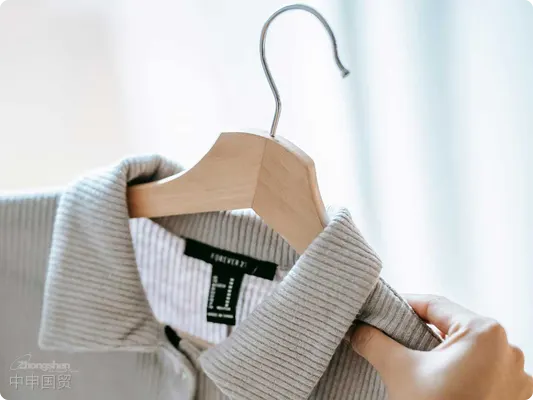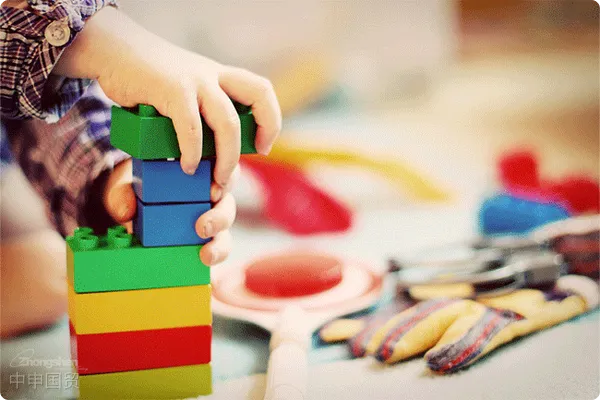- Shanghai Zhongshen International Trade Co., Ltd. - Two decades of trade agency expertise.
- Service Hotline: 139 1787 2118

In the globalized business environment, exporting lighting fixtures to Russia presents a promising business opportunity. Below are key steps and considerations for successful exports to Russia.
I. Market Research
Demand Analysis
- Russias vast territory creates regional demand variations. For example, major cities like Moscow and St. Petersburg show stronger demand for modern minimalist or smart lighting fixtures, often used in commercial spaces like luxury hotels, offices, and upscale residences. Industrial cities or remote areas may prefer cost-effective, durable basic lighting.
- Understand local trends, such as growing preference for eco-friendly energy-saving fixtures in Russia, aligning with global environmental initiatives and helping users reduce long-term electricity costs.
Competitive Landscape
- Study established lighting brands in Russia. Some European brands hold market share with their exquisite designs and superior quality. Chinese exporters should analyze competitors product features, pricing strategies, and market positioning. For instance, while European premium fixtures command high prices, Chinese products can attract Russian consumers by offering comparable functionality and design at lower prices.
II. Product Compliance
- When exporting lamps to Russia, a series of certification standards must be met first. For example, lamps need to pass the GOST - R certification. GOST - R is the Russian national standard certification, which covers various requirements such as the safety and electromagnetic compatibility of lamps. For lighting products, the certification process will conduct strict inspections on the electrical safety performance of lamps, including the insulation performance and grounding protection of lamps. For example, the insulation resistance of lamps must reach a certain value to prevent the risk of electric shock to users.
- In Russia, lighting products require EAC certification covering safety and electromagnetic compatibility standards. Ensure your products pass qualified lab testing for EAC certification as a market entry prerequisite.
- Additional certifications may be needed for special features like smart controls involving radio frequencies.
Labels and Instructions
– The label of the lighting fixture should contain basic product information such as model, power, voltage, manufacturer, etc., and must be labeled in Russian. The instruction manual also needs to be translated into Russian, detailing the installation, usage, maintenance methods, and safety precautions for the lighting fixture.
III. Logistics and Transportation
Choosing a Shipping Method
– For exporting lighting fixtures to Russia, common shipping methods includeMaritime Transportation, land transport, andAir Transportation. Sea freight is relatively low-cost and suitable for large-volume shipments of lighting fixtures. However, the shipping time is longer, and considerations such as moisture-proof and shock-proof packaging are required. Land transport mainly relies on railway shipping, with convenient rail routes from China to Russia, offering shorter shipping times and relatively stable conditions. Air freight is the fastest but has higher costs, making it suitable for small batches, high-value lighting fixtures, or urgent restocking situations.
Packaging Requirements
– Lighting fixtures are fragile items and require appropriate packaging materials. Generally, the fixtures should first be wrapped in foam or bubble wrap to prevent damage from collisions during transit. The wrapped fixtures should then be placed in sturdy cardboard or wooden boxes, with sufficient padding such as foam pellets to ensure the fixtures do not shift during transport. For sea freight, moisture-proof measures should also be considered, such as placing desiccants inside the packaging.
IV. Trade Terms and Payment Methods
Trade Terms
– Common trade terms include FOB (Free On Board) and CIF (Cost, Insurance, and Freight). Under FOB terms, the sellers responsibility ends once the goods are loaded onto the vessel at the port of shipment, and the risk transfers to the buyer. Under CIF terms, the seller is responsible for transportation and insurance until the goods arrive at the destination port. Choose the appropriate trade terms based on your companys actual situation and negotiations with Russian clients.
Payment Methods
– Common payment methods include T/T (Telegraphic Transfer) and L/C (L/C). For first-time cooperation with Russian clients, L/C payment is relatively safer, as banks will review and guarantee the transaction. T/T payment is more convenient and can be used with reputable long-term clients, such as by collecting a certain percentage of the payment in advance and the remaining balance after the goods are shipped.
V. Establishing Sales Channels
Finding Distributors or Agents
– Finding experienced distributors or agents with strong sales networks in Russia is an effective way to enter the market. You can attend lighting exhibitions in Russia, such as the Moscow International Lighting Exhibition, to negotiate with potential distributors or agents. You can also find suitable partners through industry associations or business organizations.
Online Sales Platforms
– Utilize local Russian e-commerce platforms such as Wildberries and Ozon for online sales. Create attractive product pages with high-quality images, detailed descriptions, and excellent customer service. Online sales can expand your reach and connect with more Russian consumers.
Exporting lighting fixtures to Russia requires comprehensive consideration of market conditions, product compliance, logistics, trade terms, and sales channels. With careful planning and preparation, your lighting products have the opportunity to succeed in the Russian market.
Related Recommendations
? 2025. All Rights Reserved. Shanghai ICP No. 2023007705-2  PSB Record: Shanghai No.31011502009912
PSB Record: Shanghai No.31011502009912










